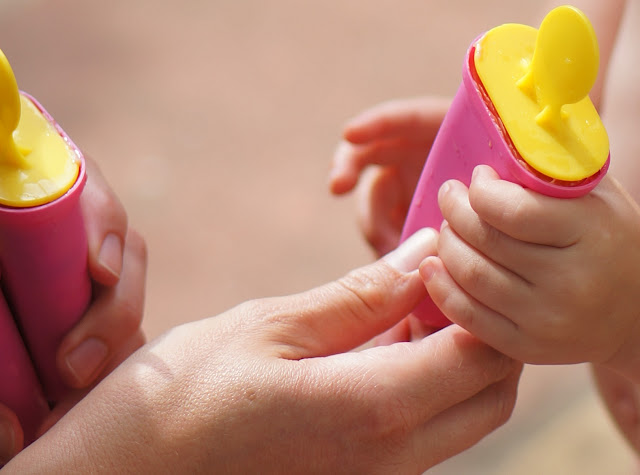
Nettles are extremely nutritious and particularly rich in
vitamin C, iron, calcium, magnesium and nitrogen. They taste a
bit like spinach and give a deeper, earthier flavour than traditional basil pesto.
You need to blanch nettles before eating to eliminate the
stinging chemicals. The usual advice is to use the tips of fresh spring
nettles, before they become tough and flower, at which point they can do
serious damage to your urinary tract, so stay away. Nettles are also really important
for wildlife, especially butterflies as caterpillars feed on them, and
ladybirds, which lay their eggs on them, so it’s good to leave a few nettles
alone if they’re doing no harm in a corner of the garden or on your allotment.
I like the aromatic kick of basil with white spaghetti, but
I think nettle pesto goes really well with wholewheat pasta and stands up
better to the stronger flavours of meat and fish. I used mine as a simple
spaghetti sauce and also to top some beautiful, oily salmon. Delicious.
For the nettle pesto
50g young nettles
50g Parmesan
10 tbsp extra-virgin
olive oil
50g ground almonds
4 garlic cloves
juice of 1 lemon
salt and pepper
For the salmon
4 salmon fillets (I
buy MSC-certified)
4 tbsp stale breadcrumbs
(I use up old wholemeal sourdough)
salt and pepper
wholewheat spaghetti,
to serve (about 75g per adult serving), plus a few pitted black olives
chard, to serve
Preheat the oven to 200°C/180°C fan/gas 6.
Bring a large pan of water to a rolling boil and cook your
pasta according to the instructions on the packet.
Bring a small pan of water to the boil and blanch your
nettles for 1 minute. Make sure you wear your gloves when you put them in the
pan. Have a bowl of iced water ready and when your minute’s up, plunge the
nettles into the cold water to stop them cooking. Try to hold on to some of
your cooking water. Drain the nettles thoroughly. You might need to squeeze out
the excess water, but you can do this with your fingers now as they won’t
sting.
Tip your chard into the boiling water you’ve saved from the
nettles, put the lid on and steam until wilted and soft.
To make the pesto simply whizz up the cooked nettles with all
the other ingredients in a food-processor and season to taste.
To make the crunchy salmon, top each fillet with 1 tbsp of
pesto, 1 tbsp breadcrumbs, and season. Bake for 10–12 minutes until just cooked through.
I didn't salt Sidney’s fillet and I left it in the oven for a few minutes longer, just to be on the safe
side.
Stir the rest of the pesto through the cooked spaghetti with a few chopped black olives.
Serve all the elements separately, or do it the proper way and flake the
fish, chop the chard and mix it all up together, which is actually what I did
for Sidney.

































